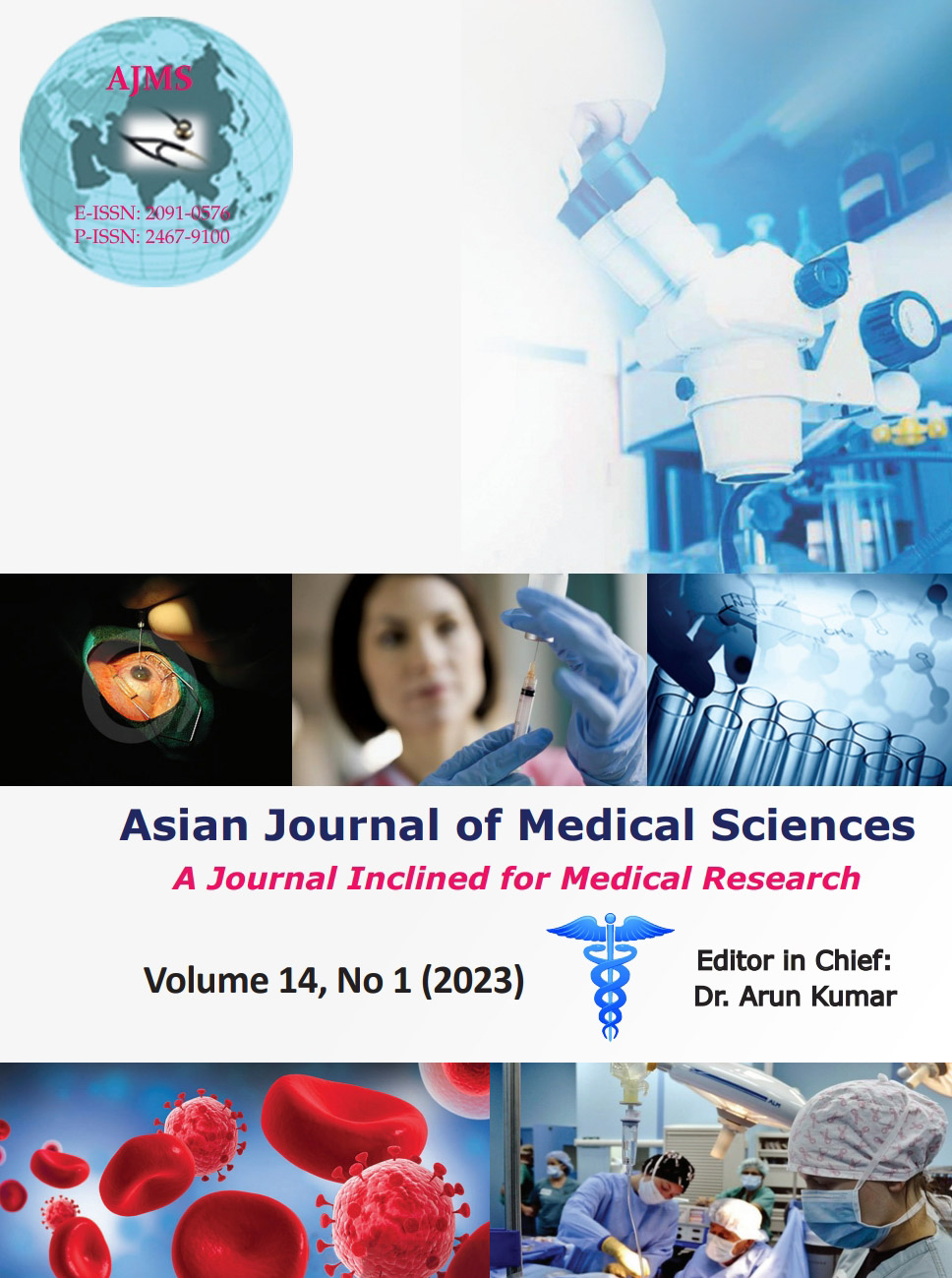An observational study comparing and non-surgical treatment with surgical treatment for chronic anal fissures
Keywords:
Anal fissure; Anal sphincterotomy; Botulinum; Fissure in anoAbstract
Background: Chronic anal fissure is a common benign anorectal condition that causes significant morbidity. Symptoms consist primarily of pain and bleeding during defecation. Fissures are predominantly located in the posterior midline, but 25% of women and 8% of men have anterior fissures.
Aims and Objectives: The aim of the study is to determine the outcome of various nonsurgical therapy for chronic anal fissure and comparison with the outcome of surgical treatment.
Materials and Methods: This study was a non-randomized and observational study. All patients referred to the department of general surgery between December 2012 and November 2014 for a chronic anal fissure were included in the study, above the age of 12 years, and diagnosed to have anal fissure (Both Acute and Chronic) were included in the study.
Results: Seventy-nine patients (91.9%) were having symptoms of pain; this pain was persistent for hours after defecation in 67 (78%) patients. Seventy-one (82.6%) patients complained of at least one episode of bleeding per Anum, other symptoms were perianal lump (10.5%), perianal itching (23.3%), and perianal discharge (30.2%). The examination findings of these patients revealed that 81 patients (94%) had developed sentinelpiles subsequently and anal fissure with visible fibers of underlying muscle were seen in 9 (10.5%) patients.
Conclusion: Chronic anal fissures can be simply and effectively treated medically without the risk of incontinence associated with sphincterotomy. Topical nifedipine and botulinum toxin injections are an excellent combination, associated with a low recurrence rate and minimal side effects.
Downloads
Downloads
Published
How to Cite
Issue
Section
License
Copyright (c) 2022 Asian Journal of Medical Sciences

This work is licensed under a Creative Commons Attribution-NonCommercial 4.0 International License.
Authors who publish with this journal agree to the following terms:
- The journal holds copyright and publishes the work under a Creative Commons CC-BY-NC license that permits use, distribution and reprduction in any medium, provided the original work is properly cited and is not used for commercial purposes. The journal should be recognised as the original publisher of this work.
- Authors are able to enter into separate, additional contractual arrangements for the non-exclusive distribution of the journal's published version of the work (e.g., post it to an institutional repository or publish it in a book), with an acknowledgement of its initial publication in this journal.
- Authors are permitted and encouraged to post their work online (e.g., in institutional repositories or on their website) prior to and during the submission process, as it can lead to productive exchanges, as well as earlier and greater citation of published work (See The Effect of Open Access).




